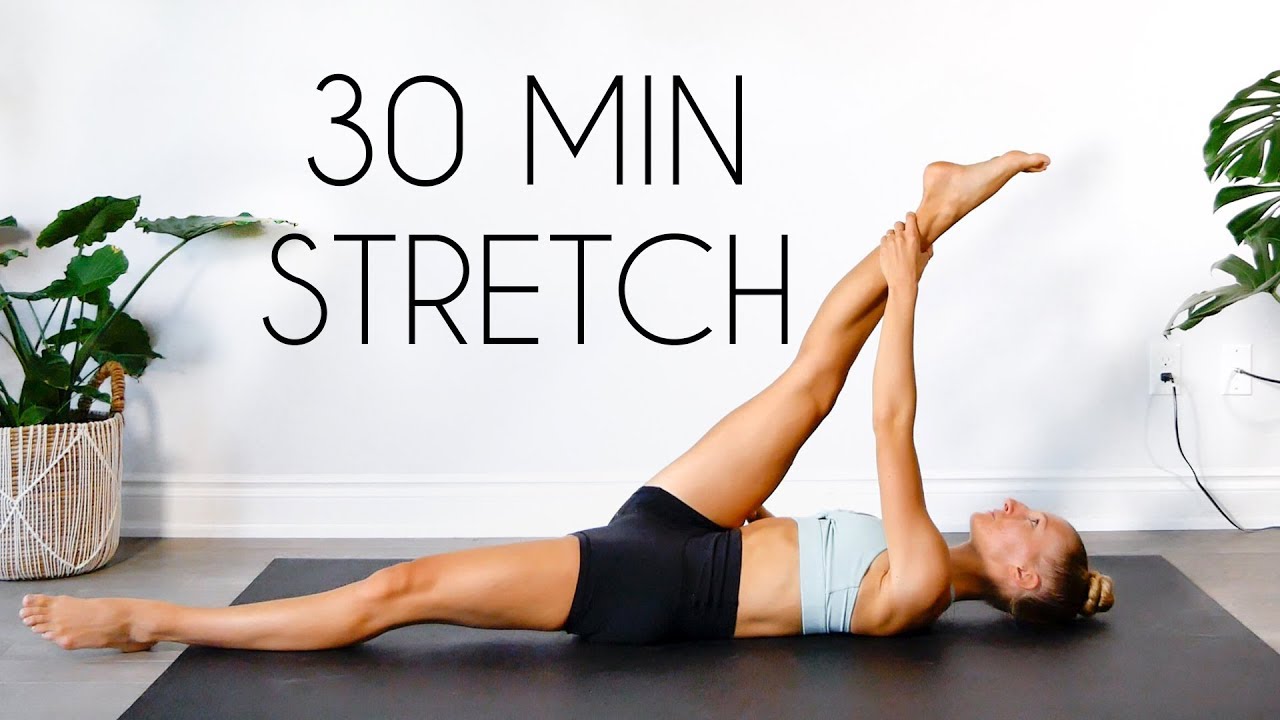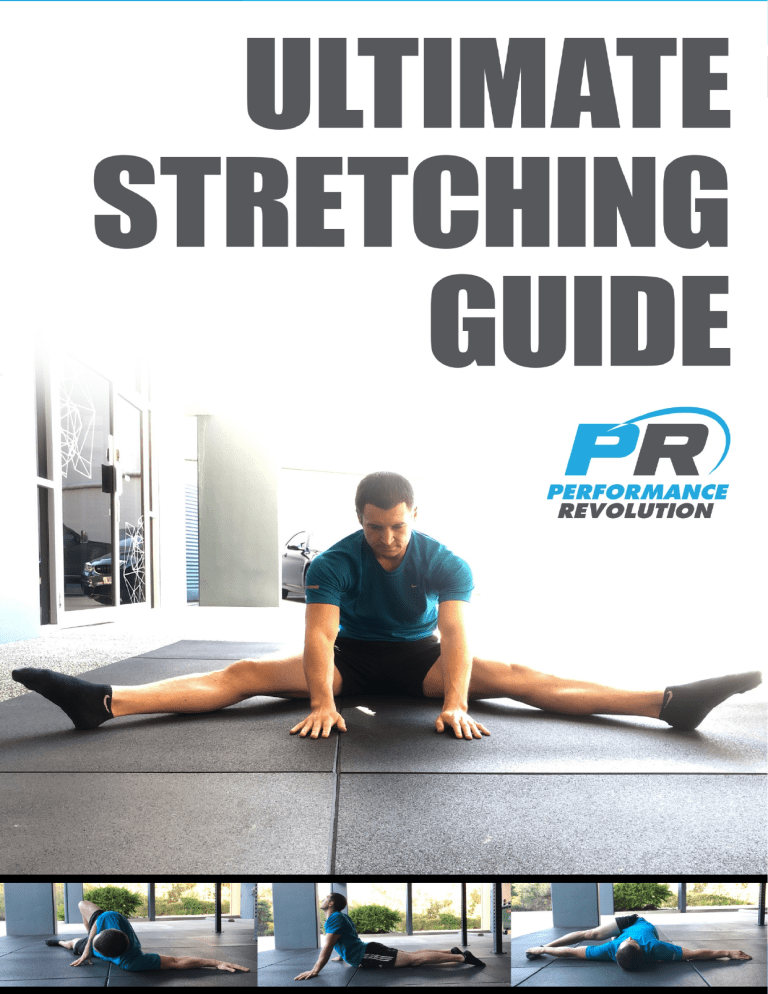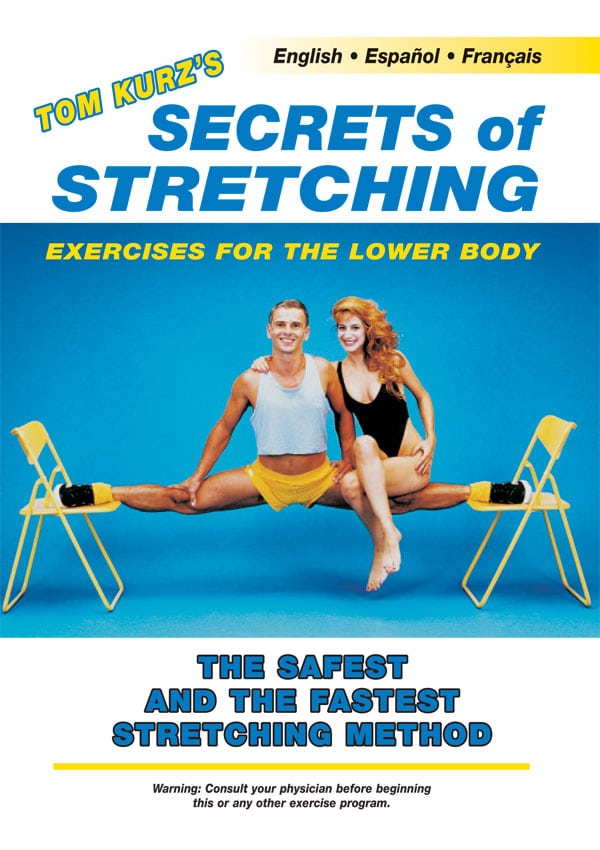Stretching Scientifically A Guide To Flexibility Training

In a world increasingly focused on physical well-being, a deeper understanding of flexibility and its development has become paramount. Scientific advancements are reshaping how we approach stretching, moving beyond traditional static holds to encompass a more nuanced and effective methodology.
This article delves into the scientific principles behind flexibility training, examining the various techniques, benefits, and potential impacts on individuals across different age groups and activity levels.
The Science of Flexibility
Flexibility, often defined as the range of motion around a joint, is a crucial component of physical fitness. It affects everything from athletic performance to daily activities, influencing posture, balance, and injury prevention.
Recent studies have illuminated the complex interplay between muscles, tendons, ligaments, and the nervous system in determining flexibility. Understanding these mechanisms is key to developing targeted and efficient stretching routines.
Types of Stretching
While static stretching, holding a stretch for an extended period, remains a common practice, other techniques have gained prominence based on scientific evidence. These include dynamic stretching, ballistic stretching, and proprioceptive neuromuscular facilitation (PNF).
Dynamic stretching involves controlled movements through a full range of motion, preparing muscles for activity and improving joint mobility. Ballistic stretching uses bouncing movements to push beyond a comfortable range, but carries a higher risk of injury.
PNF stretching, often involving a partner, combines isometric contractions with static stretching to enhance flexibility. It's considered one of the most effective methods for increasing range of motion quickly.
Benefits Beyond the Gym
The benefits of improved flexibility extend far beyond athletic performance. Regular stretching can alleviate muscle soreness, reduce the risk of injuries, and improve posture.
Furthermore, studies suggest that flexibility training can contribute to stress reduction and improved mental well-being. The act of stretching can promote relaxation and mindfulness.
"Flexibility is not just about touching your toes; it's about maintaining a healthy and functional body throughout your life," says Dr. Emily Carter, a leading researcher in exercise physiology.
For older adults, flexibility is particularly important for maintaining independence and preventing falls. Regular stretching can improve balance and coordination, reducing the risk of age-related injuries.
Implementing a Safe and Effective Stretching Routine
While the benefits of stretching are well-documented, it's crucial to approach flexibility training with caution and awareness. Proper form and technique are essential to avoid injury.
Before starting any stretching program, it's recommended to consult with a healthcare professional or certified trainer. This is particularly important for individuals with pre-existing injuries or medical conditions.
Warming up muscles before stretching is crucial. This can be achieved through light cardiovascular activity or dynamic movements.
When stretching, it's important to listen to your body and avoid pushing beyond a comfortable range. Stretching should never be painful.
Progressive overload, gradually increasing the intensity or duration of stretches, is key to achieving long-term gains in flexibility.
The Impact on Society
The growing emphasis on scientific stretching has the potential to impact society in various ways. Increased awareness of the benefits of flexibility could lead to a more active and healthy population.
Furthermore, the integration of scientifically-backed stretching techniques into rehabilitation programs could improve outcomes for individuals recovering from injuries.
The widespread adoption of flexibility training in workplaces could also reduce the incidence of musculoskeletal disorders, leading to increased productivity and reduced healthcare costs.
Organizations like the American College of Sports Medicine (ACSM) are actively promoting the integration of flexibility training into overall fitness guidelines.
A Case Study: Flexibility and Athletic Performance
Consider the case of professional athletes, where flexibility plays a critical role in performance. In sports like gymnastics, dance, and martial arts, a high degree of flexibility is essential for executing complex movements.
Even in sports like running and weightlifting, flexibility can improve efficiency and reduce the risk of injury. By improving range of motion, athletes can optimize their biomechanics and generate more power.
Coaches and trainers are increasingly incorporating dynamic stretching and PNF techniques into training programs to enhance athletic performance and prevent injuries.
Looking Ahead
As research continues to uncover the complexities of flexibility, we can expect to see further advancements in stretching techniques and training methodologies. The future of flexibility training lies in personalized approaches that take into account individual needs and goals.
With a deeper understanding of the science behind stretching, individuals can unlock the full potential of their bodies and achieve optimal physical well-being. Embracing a scientifically-informed approach to flexibility is an investment in a healthier, more active, and more resilient future.



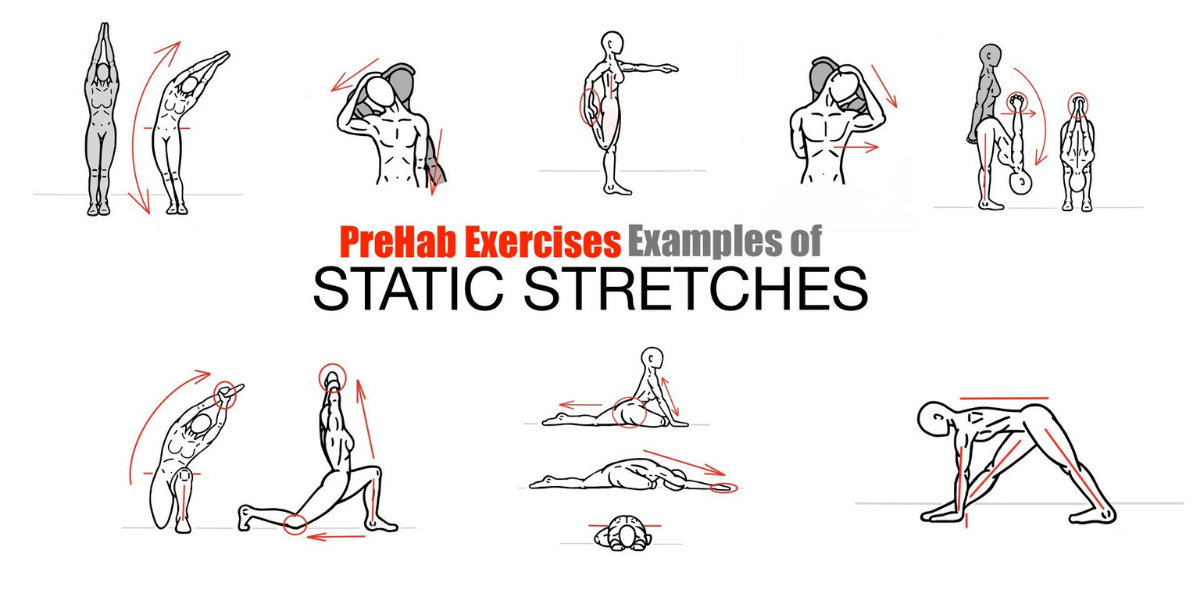

![Stretching Scientifically A Guide To Flexibility Training PPT - [READ DOWNLOAD] Stretching Scientifically: A Guide to Flexibility](https://image7.slideserve.com/12558367/stretching-scientifically-a-guide-to-flexibility-2-l.jpg)
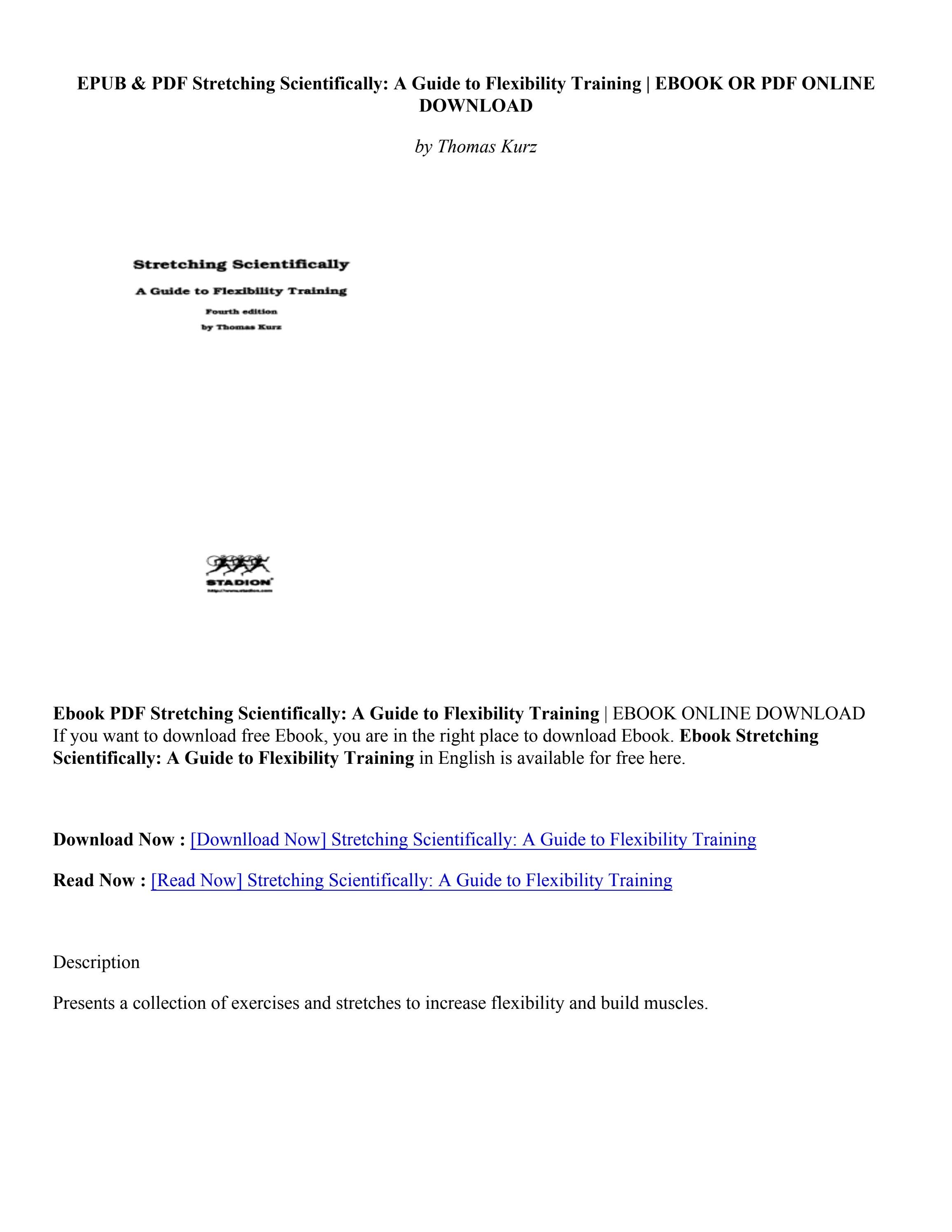
![Stretching Scientifically A Guide To Flexibility Training PPT - [READ DOWNLOAD] Delavier's Stretching Anatomy PowerPoint](https://image7.slideserve.com/12546339/stretching-scientifically-a-guide-to-flexibility-l.jpg)
![Stretching Scientifically A Guide To Flexibility Training PPT - get [PDF] Download Stretching Scientifically: A Guide to](https://image7.slideserve.com/12546343/description-l.jpg)

